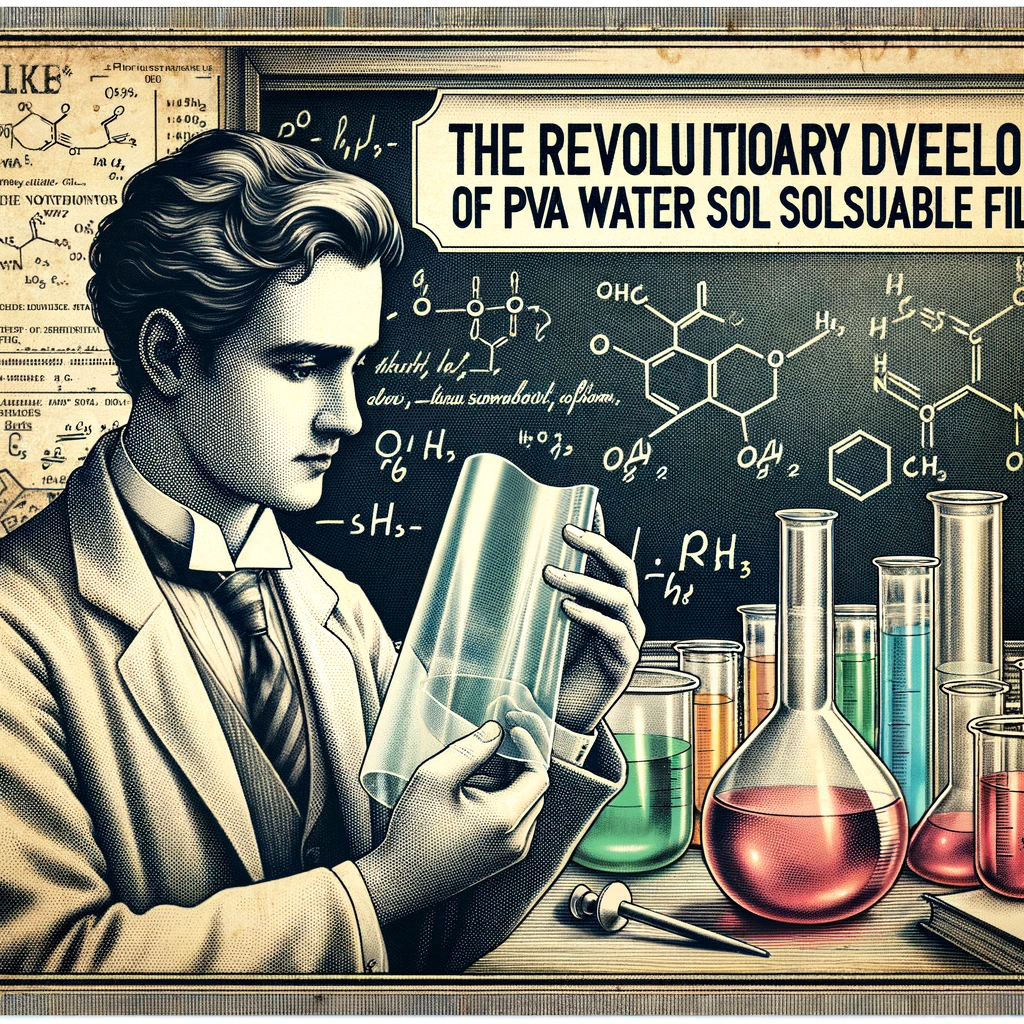In the ever-evolving landscape of scientific innovation, the development of polyvinyl alcohol (PVA) water-soluble films stands as a testament to human ingenuity and environmental consciousness. As a British writer with a keen interest in technological advancements, I find the journey of PVA films from conception to widespread application particularly fascinating.
Polyvinyl alcohol, a synthetic polymer, has been around for decades, but it is only in recent years that its potential as a water-soluble film has been fully realized. These films dissolve effortlessly in water, leaving no trace behind, making them an ideal solution for various applications where traditional plastics fall short.
The Science Behind PVA Films
The magic of PVA films lies in their chemical structure. Composed of carbon, hydrogen, and oxygen, PVA is a polymer that boasts excellent film-forming properties. When exposed to water, the polymer chains interact with water molecules, causing the film to dissolve. This property is particularly beneficial in packaging, where single-use plastics contribute significantly to environmental pollution.
Environmental Impact
One of the most compelling reasons for the development and adoption of PVA films is their environmental impact. Traditional plastics, derived from petroleum, take centuries to decompose, leading to significant ecological damage. In contrast, PVA films break down in water, reducing waste and minimizing their footprint. This characteristic aligns perfectly with the global push towards sustainable and eco-friendly materials.
Applications in Various Industries
The versatility of PVA films is truly remarkable. In the pharmaceutical industry, they are used to create single-dose packaging for medications, ensuring precise dosages and reducing packaging waste. In agriculture, PVA films are employed in seed tapes and pesticide pouches, where they dissolve in the soil, releasing their contents in a controlled manner. Additionally, these films are gaining popularity in the detergent industry, where they are used for unit-dose packaging of laundry and dishwashing detergents, enhancing convenience and reducing spillage.
Challenges and Future Prospects
Despite their numerous advantages, PVA films are not without challenges. The cost of production and the need for specific conditions for optimal dissolution are areas that require further research and development. However, with ongoing advancements in polymer science and increased demand for sustainable materials, the future of PVA water-soluble films looks promising.
In conclusion, the development of PVA water-soluble film represents a significant leap towards a more sustainable future. Their unique properties and wide range of applications make them a valuable asset in the fight against plastic pollution. As we continue to innovate and explore new frontiers, PVA films stand as a shining example of how science can pave the way for a greener, cleaner world.



